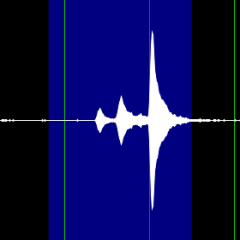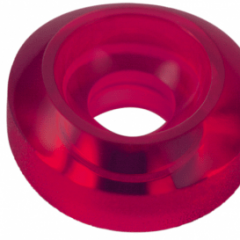Weishi No 1000 Timegrapher
-
Similar Content
-
Recently Browsing
- No registered users viewing this page.
-
Topics
-
Posts
-
If this is the clock you posted about first how about trying an artist. Can the numbers be removed, sometimes they are riveted on which is not hard to remove them.
-
By Neverenoughwatches · Posted
When it arrived i had to let the moment sink in, i have haven't been able to take my eyes of it for over an hour. Its possible i have fallen in love. -
I don't know if there is a timing machine for balance spring clocks. If not it is a case of trial and error. You should make a note of the position of the regulate and work from there.
-
I'm sure you will get help on here soon. Kkramme we like new members to make an introduction before posting. A little about your self such as where you life and what got you interested in Horology
-
I'd be grateful for recommendations of good sources of advice on getting clocks with balance spring - as opposed to pendulum - escapements 'in beat'.....
-











Recommended Posts
Join the conversation
You can post now and register later. If you have an account, sign in now to post with your account.
Note: Your post will require moderator approval before it will be visible.